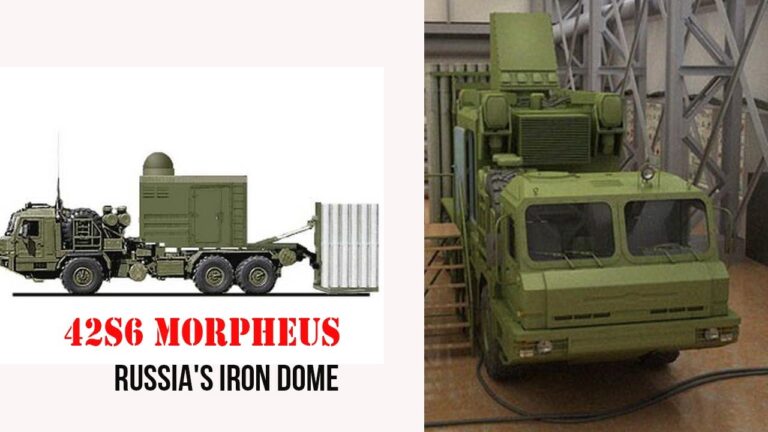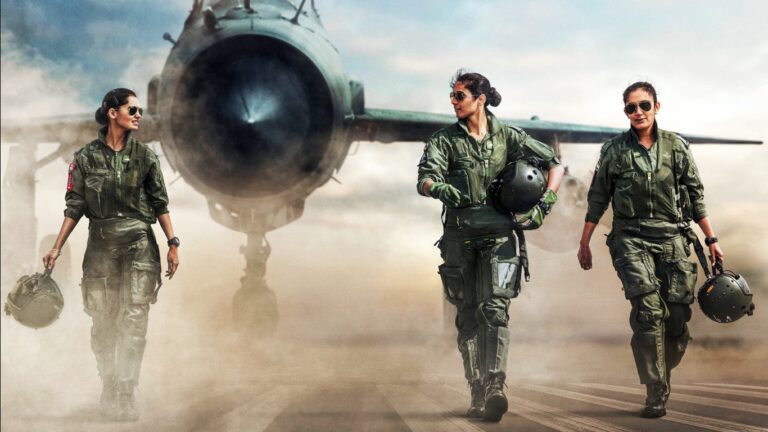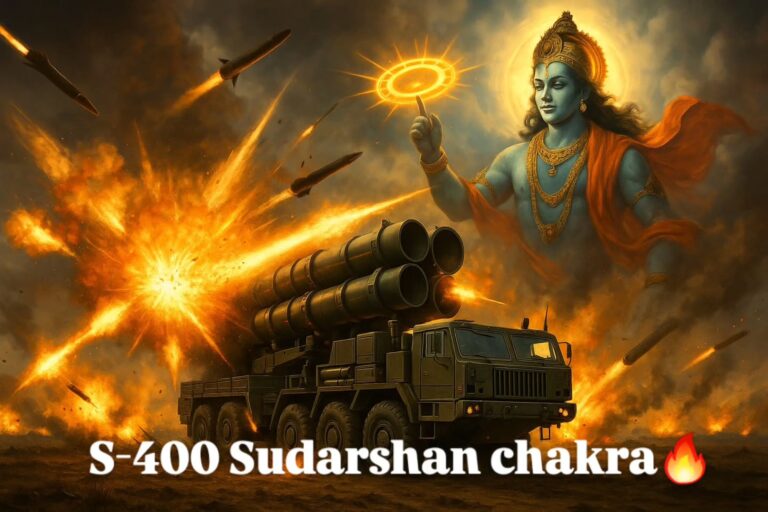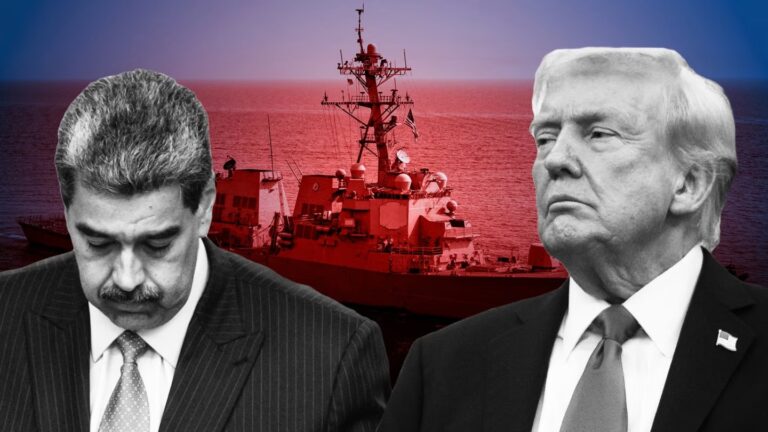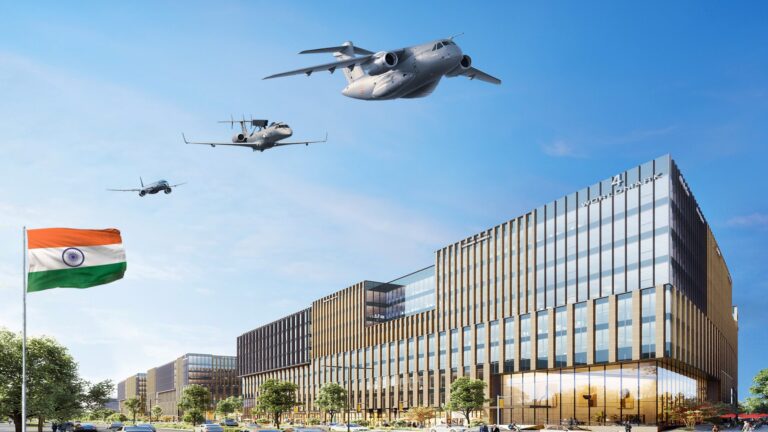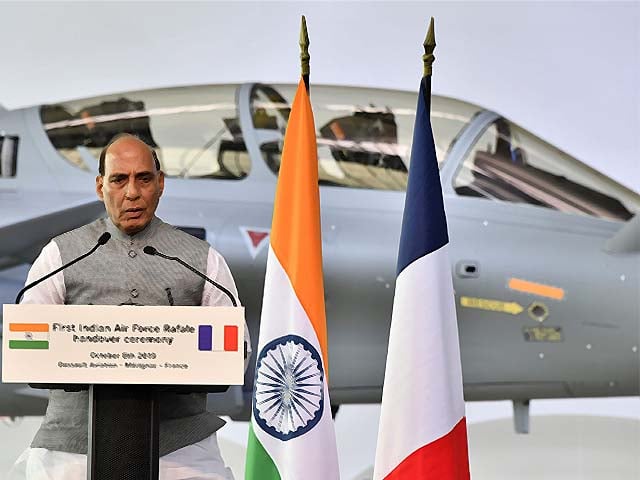
The Indian Air Force (IAF) is persistently searching for fighter jets. With ambitious plans for a stronger air fleet, the IAF’s fighter acquisition journey reflects both India’s regional ambitions and the challenges of balancing performance, cost, and geopolitical alliances. This saga has once again picked up momentum, driving discussions on India’s military needs, operational capacity, and complex procurement process.
Introduction: Why India Needs New Fighter Jets
India’s air power has become central to its defense strategy, especially with growing security concerns in the region. The IAF has long been tasked with maintaining aerial supremacy in South Asia, balancing the threats from neighbouring Pakistan and China. However, the delay in fighter procurement and the retirement of older jets have led to an urgent need for replenishment. Therefore, the “IAF Fighter Order Saga Continues: Why the Indian Air Force Is in the Hunt for Fighter Jets All Over Again” focuses on a single, pressing need: making the IAF’s fleet combat-ready for modern warfare.
The Current Fleet: Challenges and Gaps
The Indian Air Force currently operates various fighters, from Sukhoi Su-30MKIs to Mirage 2000s and recently acquired Dassault Rafales. Despite this, the number of operational squadrons is far below the desired 42 needed to protect Indian airspace adequately. Some existing squadrons are equipped with ageing MiG-21s, which have been slated for retirement. This retirement opens up a significant gap that needs to be addressed swiftly. Thus, the “IAF Fighter Order Saga” continues: “Why is the Indian Air Force in the hunt for fighter jets all over again?” Because the IAF’s current fleet cannot meet all its operational and strategic goals.

The MMRCA 2.0 Tender: A New Fighter Competition
The Indian Air Force’s Medium Multi-Role Combat Aircraft (MMRCA) competition aims to select a modern fighter jet to fill this gap. This is not the first time India has launched such an initiative; the original MMRCA contest was concluded in favour of the French Rafale. However, instead of acquiring all 126 jets initially planned, India only ordered 36 Rafales. Consequently, the MMRCA 2.0 tender emerged, calling for a fresh bid from global defense giants.
In this renewed competition, Boeing’s F/A-18 Super Hornet, Lockheed Martin’s F-21 (a customised F-16), Dassault’s Rafale, Eurofighter Typhoon, Saab’s Gripen E, and Russia’s MiG-35 and Su-35 are all contenders. The “IAF Fighter Order Saga” continues: Why is the Indian Air Force in the hunt for fighter jets all over again? As these international players vie for a multi-billion-dollar contract, each is offering advanced technology, industrial partnerships, and strategic collaborations.
Key Contenders: An Overview of Options
1. Dassault Rafale
Already in service with the IAF, the Rafale remains a strong contender. With proven combat capabilities and India’s familiarity with its systems, acquiring additional Rafales would streamline integration. However, costs associated with Dassault’s fighters remain a concern, especially considering India’s budget constraints.
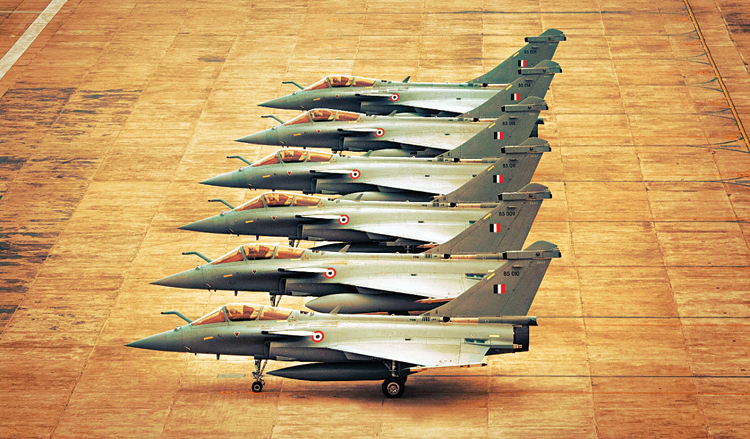
2. Boeing F/A-18 Super Hornet
The F/A-18 offers versatility, as it can operate from both land and sea, aligning with India’s vision for naval expansion. Boeing has proposed that the Super Hornet could serve on India’s aircraft carriers, which adds value to the offer. With strong support from the U.S., the Super Hornet brings political leverage, although operational compatibility with the IAF remains under consideration.
3. Lockheed Martin F-21
A unique offering from Lockheed Martin, the F-21 is a tailored version of the F-16 aimed exclusively at India. Lockheed promises extensive technology transfer and manufacturing capabilities within India. However, critics contend that the modified F-21’s platform is outdated in comparison to contemporary fourth- and fifth-generation fighters.
4. Saab Gripen E
Saab’s Gripen E is known for its cost-efficiency and advanced avionics. It is specifically designed to work well in complex electronic warfare environments. With Saab’s proposal for complete “Make in India” production, the Gripen E is a highly competitive option. However, political concerns over technology sharing may impact its bid.
5. Eurofighter Typhoon
The Eurofighter Typhoon offers excellent performance and advanced features, particularly for high-altitude combat. However, it is one of the most expensive fighters in the competition, which may affect its competitiveness. Additionally, Typhoon consortium members have varied diplomatic relations with India, potentially complicating the bid.
6. Russian MiG-35 and Su-35
India’s long-standing defense relationship with Russia gives the MiG-35 and Su-35 a strong advantage. Russian jets have historically been part of the IAF fleet, and Russian manufacturers are open to technology transfer. However, maintenance and spare part issues have plagued India’s experience with Russian aircraft, which could affect the final decision.
Why the IAF’s Requirements Keep Changing
India’s procurement process has been notably complex and slow, largely due to the rapidly evolving nature of warfare. The IAF has updated its requirements to ensure that new jets meet modern combat needs, especially with threats evolving toward cyber and electronic warfare capabilities. This dynamic approach to specifications has led to a prolonged selection process. Therefore, the article titled “IAF Fighter Order Saga Continues: Why Is the Indian Air Force in Hunt for Fighter Jets All Over Again?” discusses how to align the IAF’s ever-evolving demands with an optimal solution.
Domestic Production and the “Make in India” Mandate
India’s “Make in India” initiative, aimed at reducing reliance on foreign defense suppliers, plays a significant role in this acquisition. With all bidders now required to produce a substantial part of the aircraft in India, foreign companies must form local partnerships, transfer technology, and provide training.
However, such conditions add complexity to the decision-making process. Negotiating these offsets has led to prolonged discussions, as foreign defense companies evaluated their willingness to share critical technology. The “IAF Fighter Order Saga continues: Why the Indian Air Force is in the hunt for fighter jets all over again” due to these ambitious requirements, which promise benefits for India’s defense sector while creating challenges for vendors.
Budget Constraints and Strategic Priorities
India’s defense budget is a limiting factor in this acquisition process. While the IAF aims to strengthen its fleet, there are financial constraints, especially with the ongoing modernisation of other military branches. The Navy’s expansion, for instance, has become equally pressing as India seeks to counter China’s influence in the Indian Ocean. Thus, the “IAF Fighter Order Saga” continues:Why is the Indian Air Force once again pursuing fighter jet acquisition? This is happening as the government balances competing priorities within a limited budget.
How Pakistan’s Air Force Strategically Outpaces India’s Su-30MKI and Rafale Acquisitions
Pakistan’s Air Force (PAF) has consistently neutralised India’s acquisitions, such as the Tejas, Su-30MKI, and Rafale, with a strategic mix of advanced aircraft and cutting-edge electronic warfare (EW) technology. By acquiring the JF-17 Block 3, Pakistan maintained a tactical advantage over India’s Tejas and Su-30MKI, offering superior cost-effectiveness and modernised capabilities. The JF-17 Block 3 features an AESA radar, an advanced cockpit, and upgraded avionics, making it a formidable force in combat.
In addition, Pakistan’s acquisition of the J-10C counters India’s Rafale, offering a similar, if not superior, mix of performance and technology. With an advanced digital fly-by-wire system and a powerful WS-10B engine, the J-10C boasts impressive agility and combat effectiveness.
Now, Pakistan is advancing further with the J-35, a 5th-generation stealth fighter that will surpass India’s current fleet. The J-35 features advanced stealth capabilities, superior radar evasion, and cutting-edge avionics, ensuring air dominance over rival forces.
No wonder the Indian Air Force (IAF) is always on the lookout for new fighters. With Pakistan’s steady advancements, the IAF finds it difficult to tackle Pakistan’s ongoing modernisation efforts, let alone face the growing threat from China. Pakistan’s superior strategy, backed by modern aircraft and EW systems, has firmly placed the PAF ahead in the race.
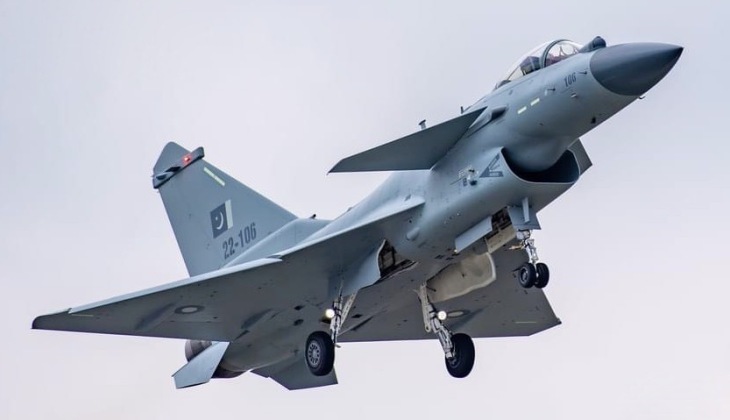
The Role of Geopolitics in Fighter Jet Procurement
The selection of new fighter jets for the IAF goes beyond technical evaluations. Geopolitical considerations are equally influential, as India looks to maintain a balance between its relations with major powers. Choosing a U.S.-made jet, for instance, could strengthen ties with Washington, whereas opting for a Russian aircraft could reinforce long-standing defense ties with Moscow. The “IAF Fighter Order Saga Continues: Why the Indian Air Force Is in the Hunt for Fighter Jets All Over Again” is largely due to these strategic calculations, which are essential to India’s foreign policy.
Conclusion: Will the IAF’s Fighter Jet Hunt End?
The “IAF Fighter Order Saga” continues: Why is the Indian Air Force in the hunt for fighter jets all over again? as the IAF seeks to fulfil its critical requirement for modern combat aircraft. With a mix of budget constraints, changing requirements, and political dynamics, this series is a reflection of India’s defense needs and strategic ambitions. While it remains uncertain which aircraft will ultimately join the IAF’s fleet, it’s clear that the selection process will continue to shape India’s defense landscape and its regional influence for years to come.



